X-ArT
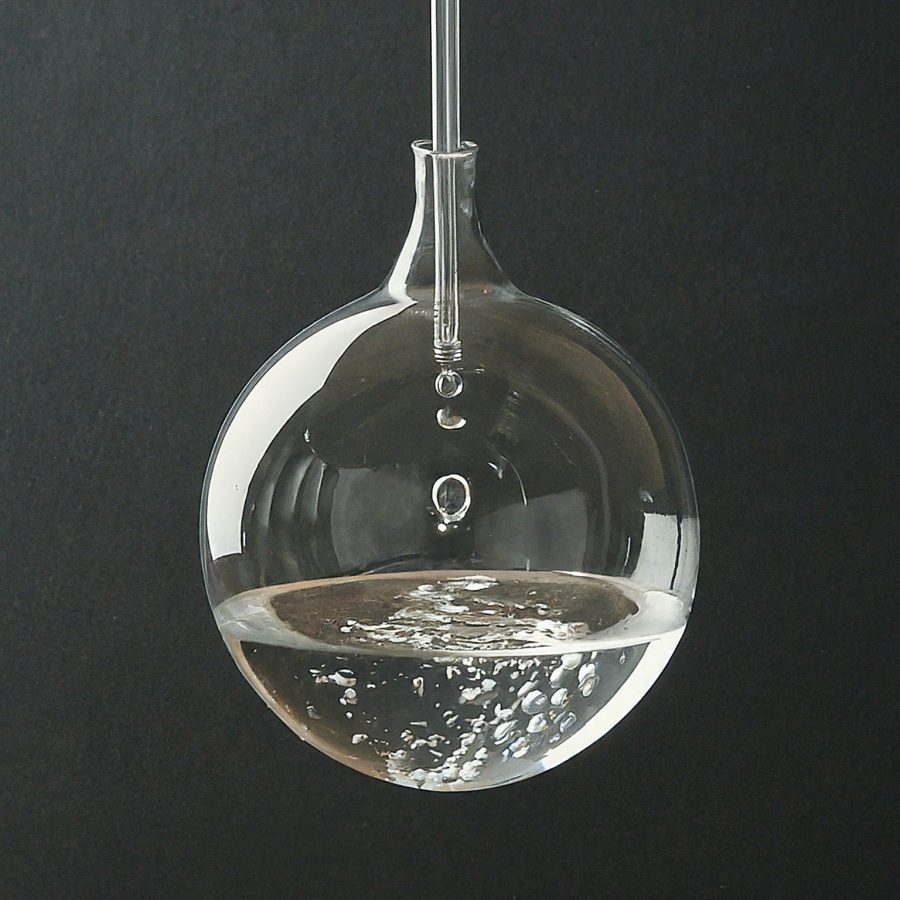
Xe-Ar technology has generated a great interest in the particle physics community over the last decade. With only a few
ppm of Xe, in fact, such a mixture eliminates the need for a wavelength shifter, which absorbs and isotropically
re-emits light, quenches the LAr slow scintillation component, and finally increases the attenuation length of the
light. These properties make the Xe-Ar mixture very attractive for particle detectors in the search for interactions
with energies ranging from tens of eV to several GeV.
Although the application field of Xe-Ar technology is very broad, even beyond particle detection, the thermodynamics of
the Xe-Ar mixture is not yet fully assessed. Xe-Ar detectors operate at atmospheric pressure and at temperatures for
which the mixture Xe-Ar is in the liquid phase. The detector temperature is the one normal boiling Ar (87.3 K) and much
lower than the Xe triple point temperature (161.4 K). As a consequence, the maximum Xe content in the Xe-Ar mixture is
imposed by the solubility limit of solid Xe in LAr. To determine this limit and the temperature-pressure region of
existence of the Xe-Ar liquid phase, the precise knowledge of the Xe-Ar phase diagram is required. Although noble gasses
have been widely studied, only few literature data exist for the Xe-Ar mixture.
The goal of this project is to characterize both particle detection (scintillation and ionization) and thermodynamic
properties of the Xe-Ar mixture. The X-ArT project encompasses a combination of state-of-the-art experiments, theoretical developments, and innovative and challenging simulations with exciting prospects in fields ranging from fundamental physical-chemistry to astrophysics and medical sciences.
ARIS
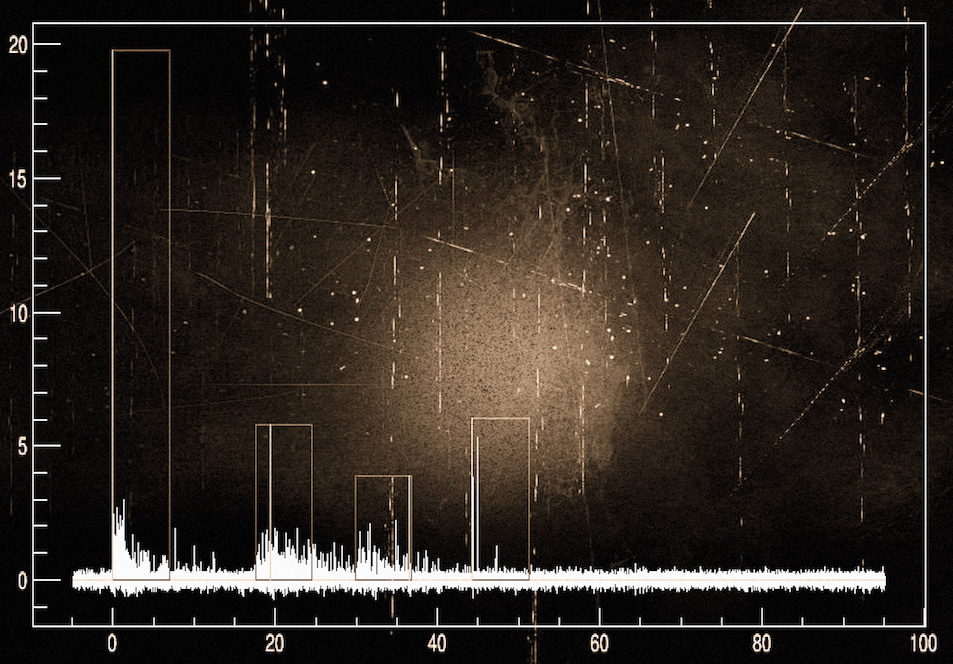
ARIS (Argon Recoil Ionization and Scintillation) is a small scale dual-phase liquid argon (LAr) TPC designed to characterize LAr response to nuclear recoils. The TPC is exposed to a highly collimated neutron beam, produced by the 1H(7Li,n)7Be Licorne source at the ALTO facility. ARIS will impact on direct dark matter experiments, based on LAr, by constraining the scintillation and ionization energy scales, the nuclear quenching factor, the recombination probability, and the time response. In addition, the liquid argon response may depend on the nuclear recoil direction with respect to the electric field. In case this effect will be observed, liquid argon based experiments will benefit from an unambiguous signature for the direct dark matter detection.
SOX
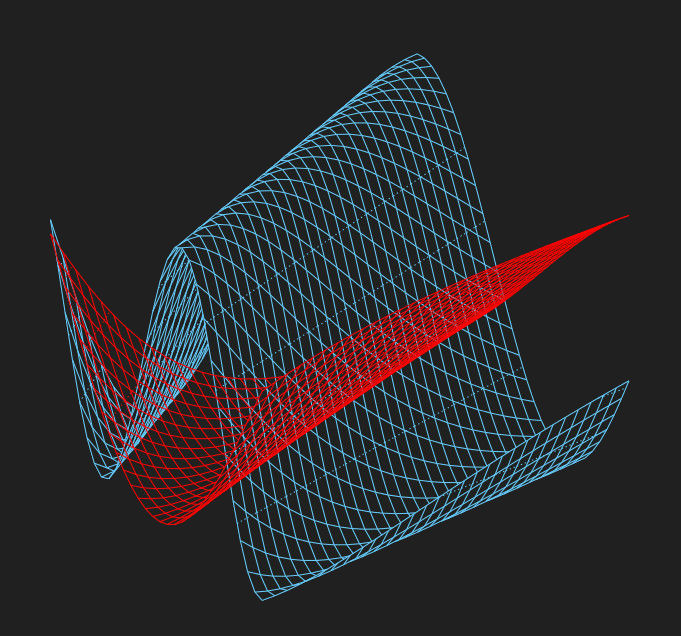
If neutrino oscillations are nowadays well established, several anomalies have been observed in short-baseline experiments with beam, radioactive source, and, recently, reactor neutrinos. A solution to this puzzle is provided by oscillations in one or more extra neutrinos, said sterile, with no ordinary weak interactions except those induced by mixing. Although earlier CMB data seemed to confirm the anomaly and favor a number of relativistic degrees of freedom corresponding to more than three neutrinos, recent more accurate data of Planck prefers the standard scenario. A fourth neutrino, however, is not excluded. SOX (Short distance neutrino Oscillations with BoreXino) will clarify the problem by looking at the rate deficits and the oscillation patterns of electron neutrinos and anti--neutrinos produced by two very intense radioactive sources, 51Cr and 144Ce, placed underneath the Borexino detector.
DarkSide
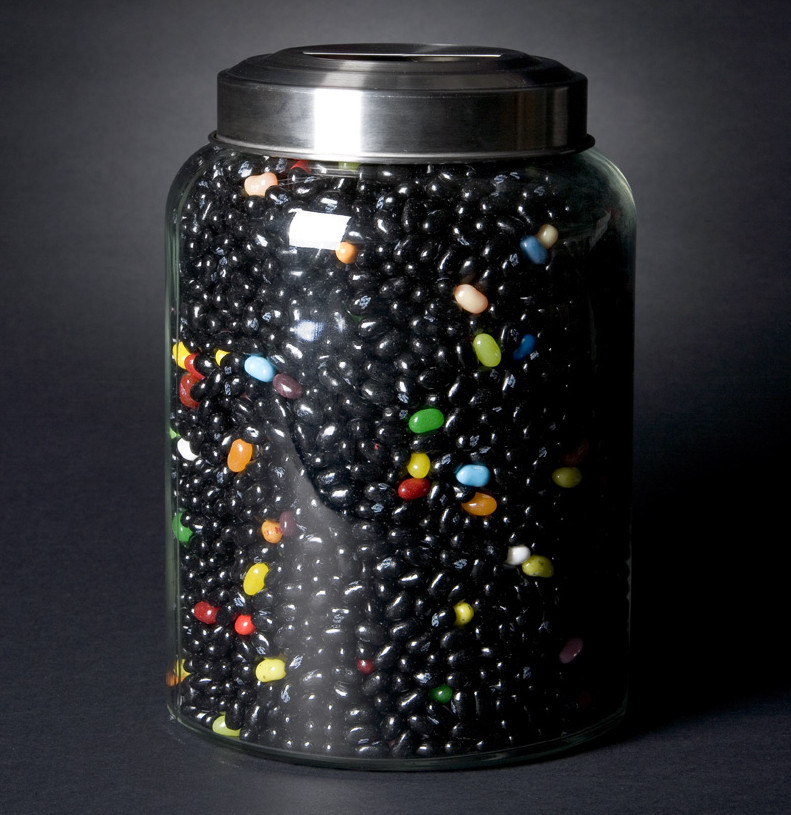
There is a wide range of astronomical evidence that the visible stars and gas in all galaxies, including our own, are immersed in a much larger cloud of non-luminous matter, typically an order of magnitude greater in total mass. The existence of this "dark matter" is consistent with evidence from large-scale galaxy surveys and microwave background measurements, indicating that the majority of matter in the universe is non-baryonic. The nature of this non-baryonic component is still totally unknown, and the resolution of the "dark matter puzzle" is of fundamental importance to cosmology, astrophysics, and elementary particle physics. A leading candidate explanation, motivated by supersymmetry theory, is that dark matter is comprised of as yet undiscovered Weakly Interacting Massive Particles (WIMPs) formed in the early universe and subsequently gravitationally clustered in association with baryonic matter. DarkSide is a two-phase liquid argon time projection chamber, designed to potentially detect WIMPs by means of scintillation light and ionization generated by recoiling nuclei. The DarkSide program will use several innovative techniques to positively identify Dark Matter signals and to understand and suppress background.
NuToPs
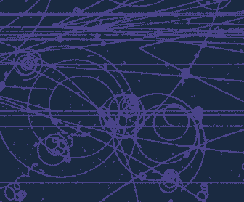
The Neutrino Tagging with Ortho-Positronium (o-Ps) project is an R&D, funded by ANR, aimed to improve the anti-neutrino identification in scintillators. The inverse beta decay reaction is the main reaction for detecting anti-neutrinos in scintillator. The signature is provided by the delayed coincidence between the reaction products: positrons and neutrons. In liquid scintillators, positrons form a o-Ps bound state in 50% of the cases. The few nanoseconds delay induced by the o-Ps lifetime in the scintillation photon emission time can be exploited to identify positrons, and hence anti-neutrinos. A complete description of the technique can be found here (paper) and here (talk). The technique has been already exploited by Borexino for improving the signal-to-background ratio in the pep neutrino analysis.
Double Chooz

Double Chooz is a reactor anti-neutrino disappearance experiment, designed to measure theta13, the last unknown neutrino oscillation mixing angle. Double Chooz will use two similar detectors, located at different distances from the reactor cores: a near one at about 150 m, and a far one at ~1.05 km. The measurement relies on a precise comparison of the neutrino rates and spectra between the two detectors.
Borexino
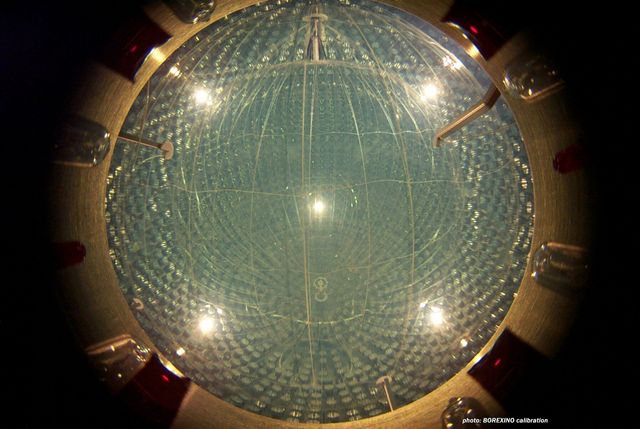
Borexino is a real-time detector for low energy Solar Neutrino Spectroscopy installed in the underground laboratories (3800 mwe depth) at Gran Sasso, Italy (LNGS). Borexino is specifically designed to measure the mono-energetic (862 keV) 7Be flux via neutrino-electron elastic scattering in ultra-pure organic scintillation liquid. The physics potential of Borexino strongly depends on the unprecedented requirements of low level background. The exceptional radio-purity reached by the Borexino is 1-2 orders of magnitude better than the requirements: ~10^-17 grams of 238U and 232Th per gram of scintillator. The unexpected radiopurity allows to extend the Borexino Solar neutrino detection, beyond the 7Be line, to pep, pp, 8B and, potentially, to CNO neutrinos.
In order to guarantee the success of the experiment, the reached radiopurity must be complemented with the identification and discrimination of the residual intrinsic contaminants, as well as of the external and cosmogenic backgrounds.

